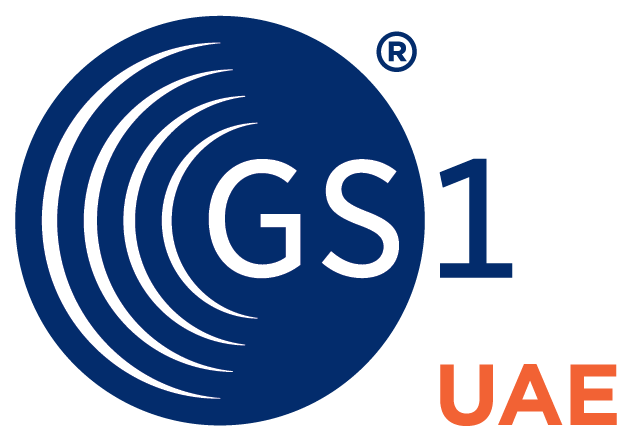This course is designed for those already familiar with basic product identification and barcoding (such as the GTIN and EAN 13 symbols) and wish to familiarise themselves with the application of other GS1 identification numbers and barcode types used throughout the supply chain.
Completing this course will provide you with an understanding of:
- pallet labelling
- the GS1 128 barcode symbology
- asset identification and
- an introduction to RFID technology
Who is this course for?
This course is aimed at intermediate users of GS1 standards, who want to understand the more complex AI’s and barcodes used in the broader distribution environment.
It would benefit the learner to have a previous knowledge of GS1 standards and to at least complete the Introduction to GS1 module in the Getting Started with GS1course prior to taking this course.
Modules in this course includes:
- Application Identifiers (AIs): This module explains what AIs are, where they are used and key aspects of their application.
- GS1-128 symbology: learn about this versatile barcode that is extensively used on logistics labels for outer cases and pallets to encode a wide variety of information such as product codes, batch numbers, expiry dates and SSCCs.
- GS1 DataMatrix barcode: an overview of the role and structure of this 2D barcode symbol.
- Global Location Number (GLN): become familiar with the GS1 identifier for physical locations and legal entities that is widely used in electronic transactions (EDI) as well as in barcoding applications.
- Serial Shipping Container Code (SSCC): discover the GS1 identification key for logistics units (e.g. outer cases and pallets) that provides the vital link between physical goods and electronic data exchanged in EDI messages such as orders and invoices.
- Asset Identification Numbers: an overview of the Individual and Returnable Asset Identifiers, their structure and use in supply chain and traceability solutions.
- GS1 Databar: a relatively new family of barcode symbols specifically designed for fresh foods and small consumer goods that deliver benefits not achievable with traditional EAN/UPC barcodes.
Electronic Product Codes (EPC) and Radio Frequency Identification (RFID): this module provides an initial introduction to the concept of Electronic Product Codes and their use in RFID tags to enable a wide variety of supply chain solutions.





